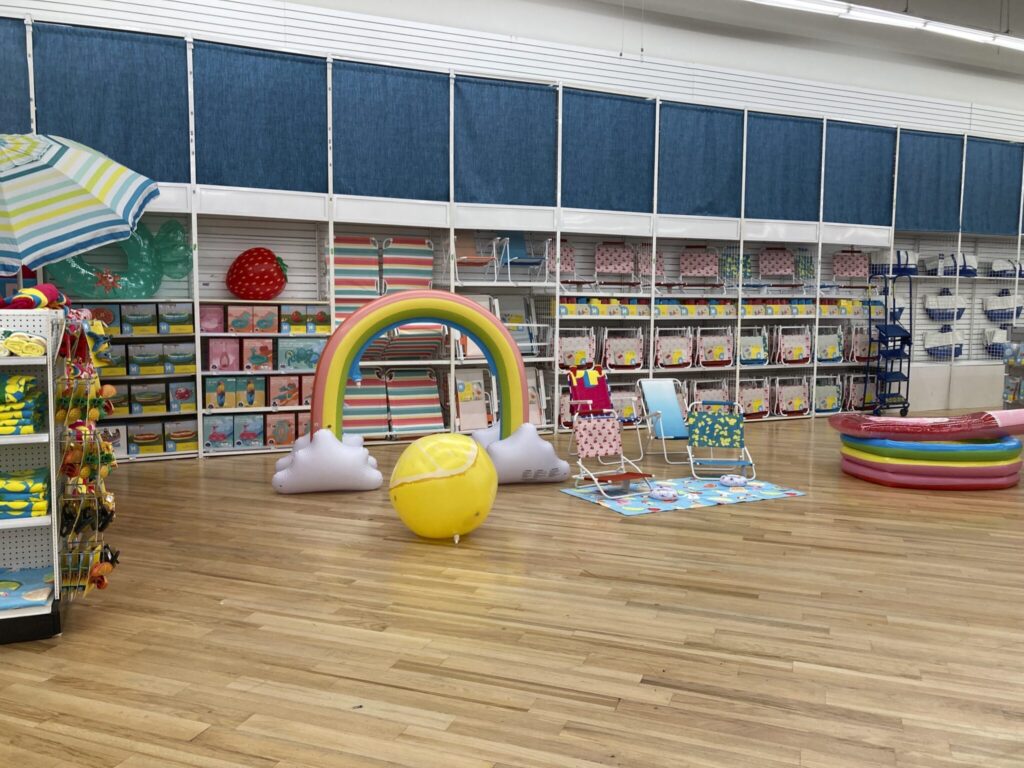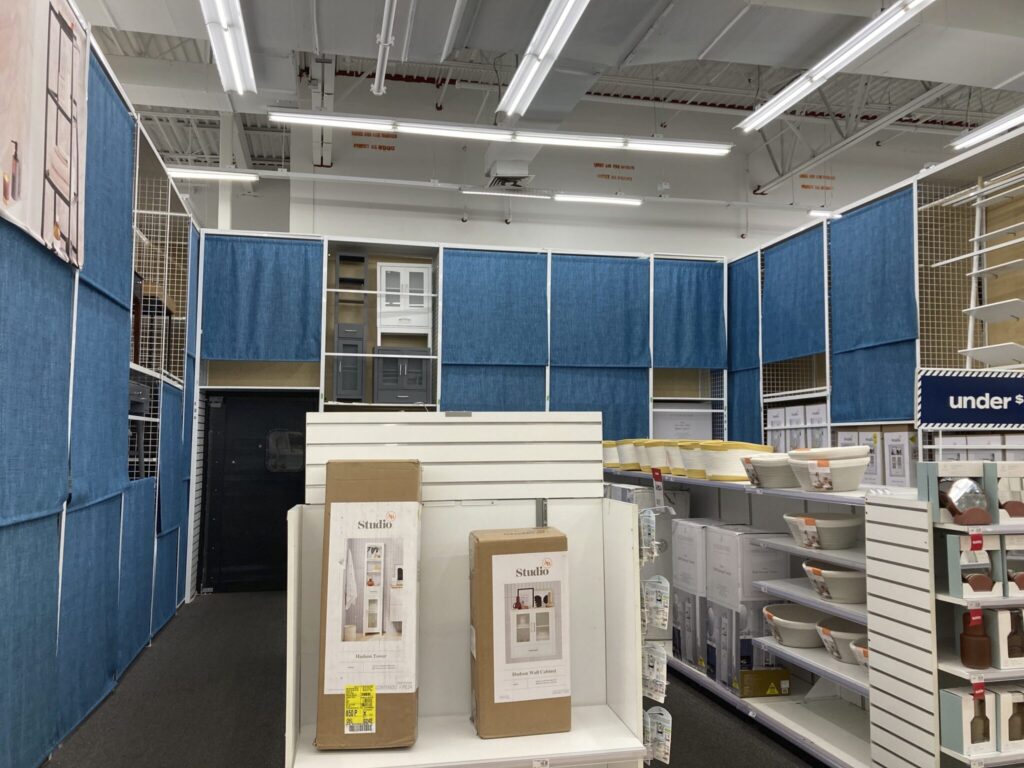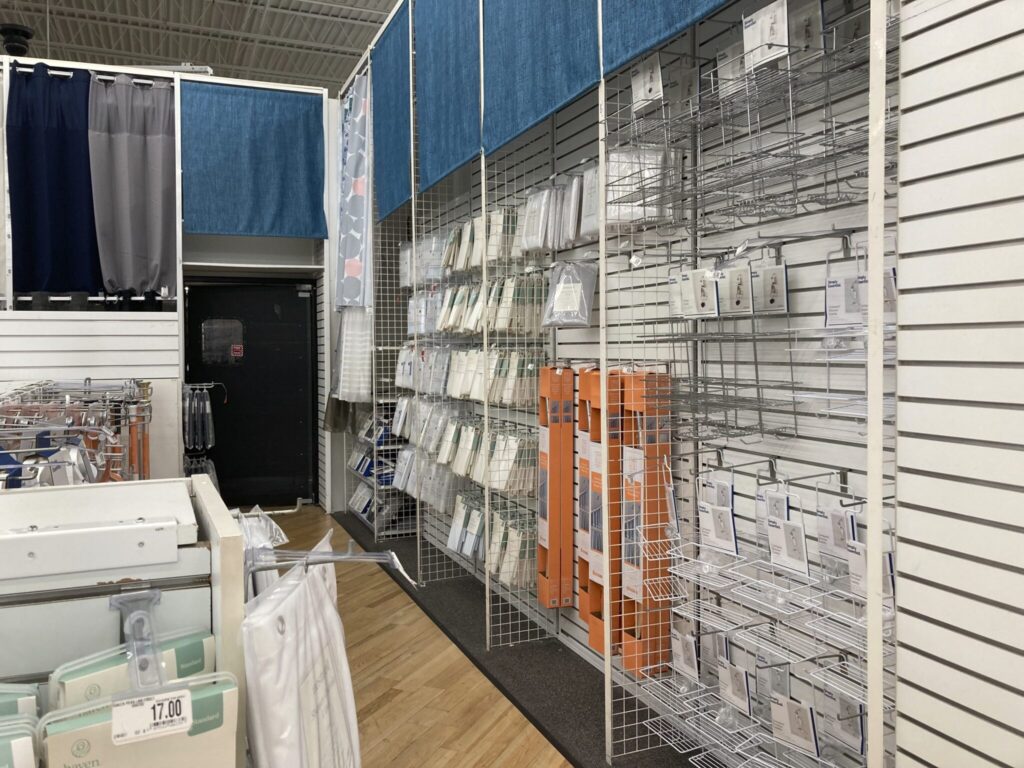Bed Bath & Beyond on Sunday filed for Chapter 11 bankruptcy protection after it failed in several last-ditch efforts to raise enough money to keep the company alive. The beleaguered home goods retailer has been warning of a potential bankruptcy since early January, when it issued a “going concern” notice that it may not have the cash to cover expenses after a dismal holiday season. Shares of the company closed at 29 cents Friday, giving it a market value of $136.9 million. The stock is down about 88% this year. Last April, it was trading around $20 a share. The Associated Press has the story:
Bed Bath & Beyond files for Bankruptcy Sun.
Newslooks- NEW YORK (AP)
Bed Bath & Beyond — one of the original big box retailers — has filed for bankruptcy protection, following years of dismal sales and losses and numerous failed turnaround plans.
The beleaguered home goods chain made the filing Sunday in U.S. District Court in New Jersey and said that its store and websites will remain open — for now. It listed estimated assets and liabilities in the range of $1 billion and $10 billion. The move comes after the company failed to secure funds to stay afloat.
In a statement, the company based in Union, New Jersey, said it voluntarily made the filing “to implement an orderly wind down of its businesses while conducting a limited marketing process to solicit interest in one or more sales of some or all of its assets.”
The firm said its 360 Bed Bath & Beyond and 120 Buy Buy Baby stores and websites will remain open and continue serving customers as it “begins its efforts to effectuate the closure of its retail locations.”

The company said it also intends to uphold commitments to customers, employees and partners. The retailer said it secured a commitment of roughly $240 million in financing from Sixth Street Specialty Lending, Inc. to allow it to keep operating during the bankruptcy process.
The filing comes as the company’s shares have tumbled even more as speculation of an impending bankruptcy filing increased. Its financial performance has also deteriorated. In late March, it noted that preliminary results showed anywhere from a 40% to 50% decline in sales at stores opened at least a year for the quarter ended Feb. 25.
The company also said in a Securities and Exchange Commission filing in late March that it planned to sell $300 million worth of shares to avoid bankruptcy filing.
The home goods retailer had been issuing several warnings about a potential bankruptcy filing since earlier this year. In late January, it noted in a government filing it was in default of its loans and didn’t have the funds to repay what it owes. The company had said the default is forcing the company to look at various alternatives including restructuring its debt in bankruptcy court.

Bed Bath & Beyond warned on Jan. 5 that it was considering various options including filing for bankruptcy and said that there was “substantial doubt” that it could stay in business. A week later, Bed Bath & Beyond posted a 33% drop in sales and a widening loss for the fiscal third quarter, ended Nov. 26, compared with the year-ago period. Sales at stores opened at least a year — a key indicator of a company’s health — dropped 32%.
Bed Bath & Beyond’s recently appointed president and CEO Sue Gove blamed the poor holiday performance on inventory constraints and reduced credit limits that resulted in shortages of merchandise on store shelves.
Typically, struggling retailers file for bankruptcy protection after the holiday shopping season because they have a cash cushion coming from the two-month sales period. So far this year, party supplies chain Party City and David’s Bridal have been among the retailers that have filed for Chapter 11.
Still, turning around Bed Bath & Beyond has been difficult amid increasing competition from discounters. The filing also comes as the economy is weakening, and shoppers are tightening their purse strings.
The home goods retailer had been trying to turn around its business and slash costs after previous management’s new strategies worsened a sales slump. The company announced in August it would close about 150 of its namesake stores and slash its workforce by 20%. It also lined up more than $500 million of new financing.
Founded in 1971, Bed Bath & Beyond had for years enjoyed its status as a big box retailer that offered a vast selection of sheets, towels and gadgets unmatched by department store rivals. It was among the first to introduce shoppers to many of today’s household items like the air fryer or single-serve coffee maker, and its 15% to 20% coupons were ubiquitous.

But for the last decade or so, Bed Bath & Beyond struggled with weak sales, largely because of its messy assortments and lagging online strategy that made it hard to compete with the likes of Target and Walmart, both of which have spruced up their home departments with higher quality sheets and beddings. Meanwhile, online players like Wayfair have lured customers with affordable and trendy furniture and home décor.
In late 2019, Bed Bath & Beyond tapped Target executive Mark Tritton to take the helm and turn around sales. Tritton quickly reduced coupons and started to introduce store label brands at the expense of national labels, a strategy that proved disastrous for the retailer.
And the pandemic, which happened shortly after his arrival, forced the retailer to temporarily close its stores. It was never able to use the health crisis to pivot to a successful online strategy as others had, analysts said. And while many retailers were grappling with supply chain issues a year ago, Bed Bath was among the most vulnerable, missing many of its 200 best-selling items including kitchen appliances and personal electronics, during the holiday 2021 season.
The retailer ousted Tritton in June 2022 after two back-to-back quarters of disastrous sales. In recent months, the company went back to its original strategy of focusing on national brands, instead of pushing its own store labels. But the company has had a hard time having suppliers commit to delivering merchandise because of the retailer’s financial woes. This past holiday season, the stores were missing many key items, and it lost many customers.
Bed Bath & Beyond’s shares, which were trading at distressed levels, have also been on a turbulent run. It made a monstrous run from $5.77 to $23.08 in a little more than two weeks in August. The trading was reminiscent of last year’s meme-stock craze, when out-of-favor companies suddenly became darlings of smaller-pocketed investors.
But the stock fell back to Earth after Ryan Cohen, the billionaire co-founder of online pet-products retailer Chewy Inc. who purchased a nearly 10% stake in Bed Bath & Beyond last March, sold off all his shares.
Shares were hovering close to 30 cents in the past few days. A year ago, shares were trading at around $17.







